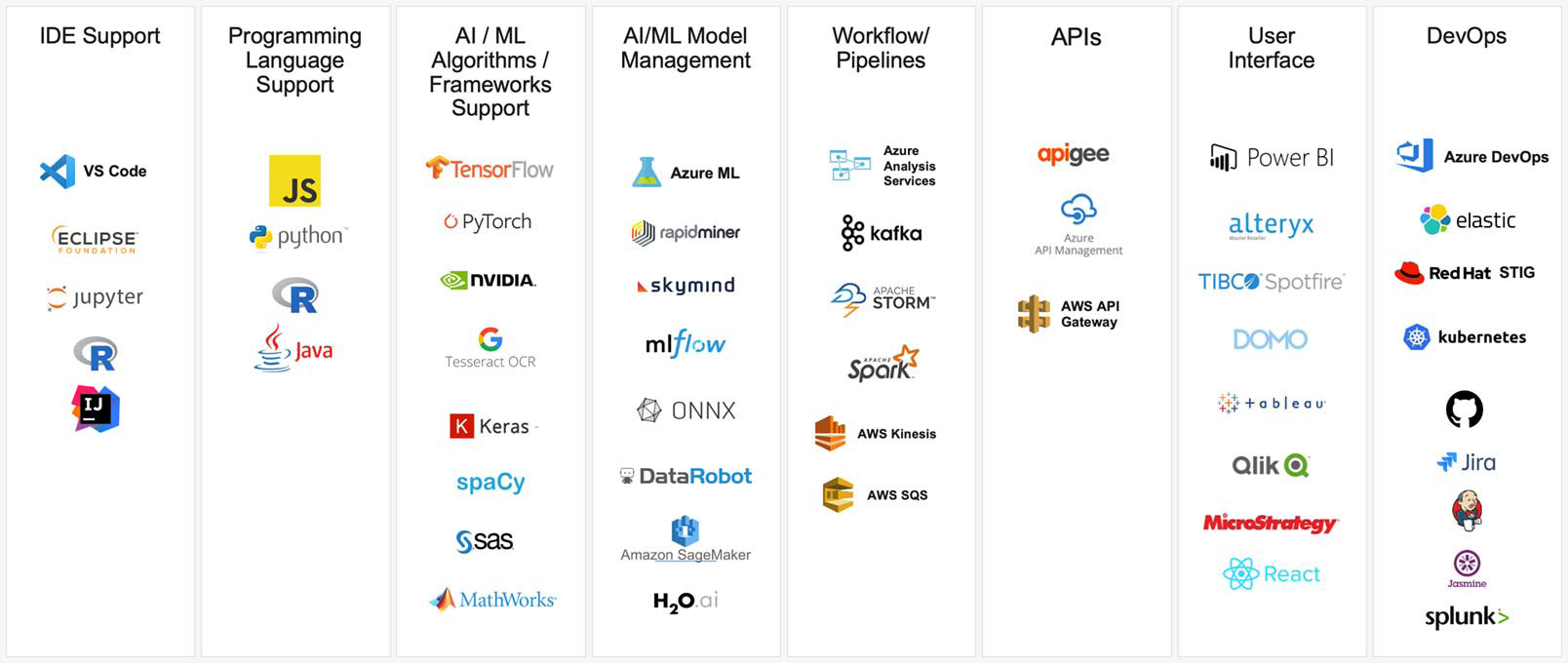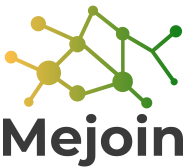Today we present the second part of the ten basic principles of AI platforms. In addition to the semantic models and infrastructural challenges, the software-related and administrative issues are also relevant to establish a successful AI platform in the market and the company.
First, the business microservices need to be considered. These are taken as the basis for the developers‘ applications and assembled into more complex programs. One can imagine this as being similar to a jigsaw puzzle, in which a large overall picture is assembled from many small pieces. The individual services must each comply with the company’s security and authorization guidelines.
This leads directly to the next important step, enterprise data governance and security. Here, sufficient encryption, multi-level user access authentication, and authorization mechanisms must be integrated. The authorization ensures that not all users have access to all data and services, but only to the necessary resources. Besides, platforms must also support external security applications, for example, in the financial and healthcare sectors.
The platform must also provide AI and dynamic optimization algorithms, enabling an integrated full lifecycle algorithm development experience for data scientists. This allows AI applications to be quickly designed, developed, tested, and deployed. Besides, developers should be allowed to use the programming languages of their choice for data analysis: Python, R, Java, or Scale. Due to the data format and use cases, different frameworks on the platform are mandatory to achieve good results in AI accuracy and learning. This also includes developing and adapting the AI in production systems so that deployment is possible near real-time and changes are directly visible. It is also helpful if the services and larger algorithms provide API interfaces so that complete processing and implementation is not necessary.
Another important aspect of a platform, which should primarily benefit from synergy effects, is the system’s openness. There should be a wide range of technologies, products, and components from other providers so that developers have all the necessary tools available and collaborative work and the spirit of innovation are promoted accordingly. Plug-ins from IDEs such as Eclipse, Jupyter, and VS Code, frameworks such as TensorFlow and PyTorch, and model managers such as Azure ML and ONNX, which must be provided on the platform, should be mentioned here. The programming languages and user interfaces already mentioned, such as PowerBI and Tableau, are necessary to visualize the results. A complete list of possible plug-ins can be found in the graphic below.

Many tools are already available on the platform, and every developer can contribute to the AI applications as they wish. What is still missing for an excellent AI platform is the interaction of two parties that need to complement each other: software developers and data scientists.
Data scientists are usually not trained computer scientists and deal with many issues around the company’s data assets: data cleansing, data normalization, and data merging from different systems and databases. Here Python and R scripts and algorithms are also used and further developed. Still, these usually do not follow IT standards, so a revision by a developer is necessary. Optimization of the algorithm can also be achieved, for example, by observing certain design patterns. The platform can support this, for example, with the help of code analysis, so that the data scientist can correct fundamental errors himself. However, a trained developer is still indispensable, so the platform must provide suitable collaboration tools.
By following the ten principles presented, your AI platform will be a guaranteed success. The entire study on AI platforms can be found here.


0 Kommentare zu “Ten Key Principles of AI Platforms – Part 2/2”